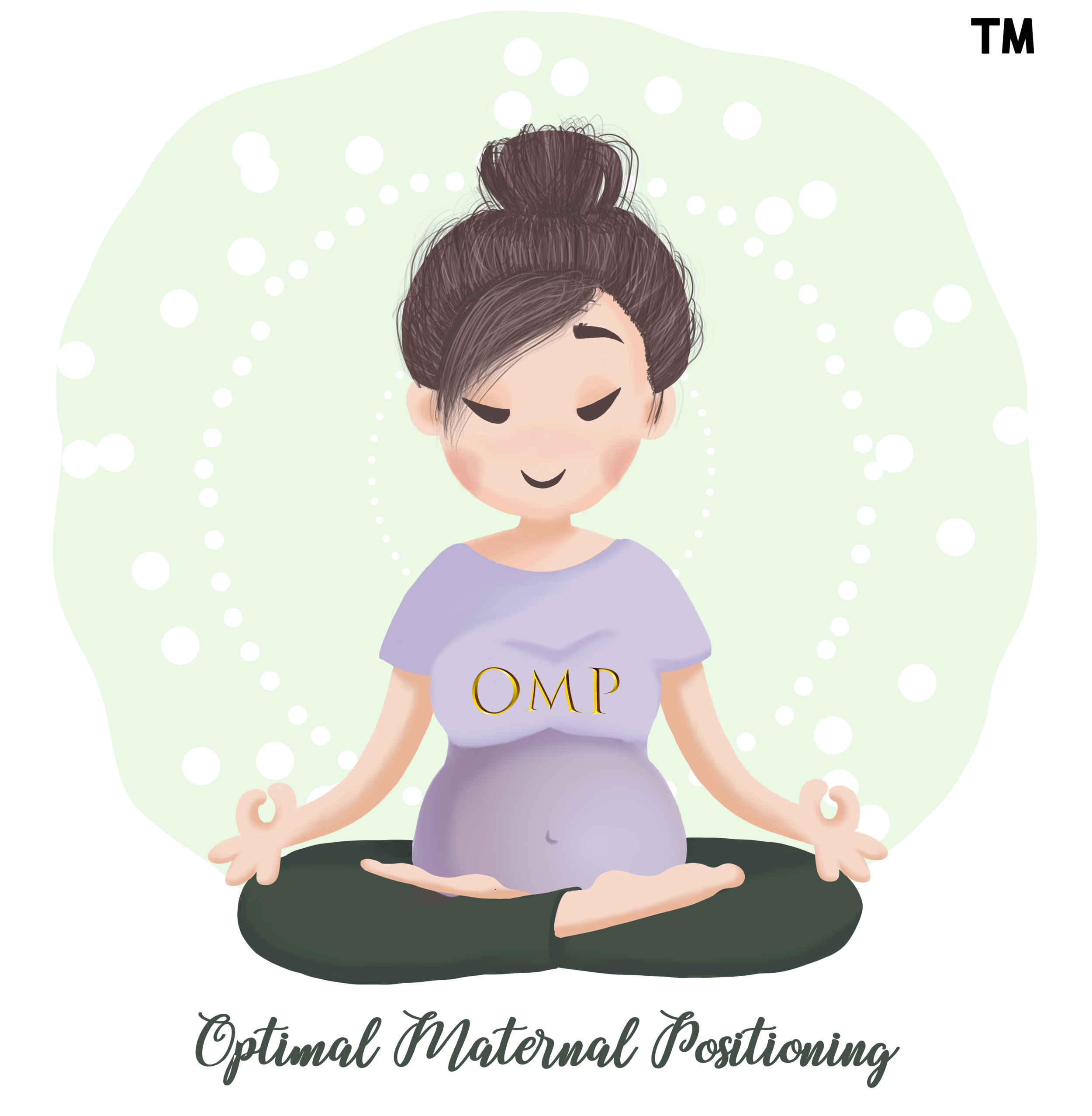Stages of Labor
Visual representation: Cervical dilatation during the first stage of labor
Stages of Labor
There are 3 stages of labor during the labor and birth process. Below is a representation and insight into what to expect during these three stages:
First stage of labor
When you clasp your palms together in a prayer position pointing towards the ground, imagine that your hands represent the cervix and your arms represent the uterus. Think of your hands as the door to the house. When you conceive, the door represented by your hands points towards your buttocks (posterior) to lock the door and maintain the pregnancy until you reach full term. When you are ready to go into labor, the ‘door’ first has to move from pointing posterior to anterior, softens and ripens, before it effaces (thins out) and dilates (opens). Your cervix at the start of labor could be anything from 1.5-4cm in length and tubular. Your cervix starts from 0% effaced to 100% effaced. Your cervix starts from 0cm dilation to 10cm dilation. During the first stage of labor, you move from early labor (0-6cm dilated), to active labor (6-8cm dilated) to transition (8-10cm dilated). At the end of the first stage of labor, your cervix when 100% efface would have thinned out to the point where it is paper thin, and your cervix would have 10cm dilated so during a vaginal exam, the healthcare professional would not be able to feel any cervix around the baby’s head to determine that the laboring woman is fully dilated. You experience contractions during the first stage of labor to facilitate this process.
“Always remember: These contractions are happening for you.”
Second stage of labor
Women who utilise mind over body techniques have been reported to bypass transition where adrenaline comes in as part of the foetal ejection reflex in preparation of the second stage of labor. Instead, they experience a smoother and calmer labor and birth as they transit from one stage to another.
Once the door is fully opened - 100% effaced and 10cm dilated - you move to the second stage of labor where now the role of the uterus is to get the baby out of the house. Women start experiencing the urge to bear down, breathe downwards or push. During the second stage of labor, the baby travels down the vaginal canal to be born.
Third stage of labor
After the birth of the baby, the third stage of labor where women birth the placenta completes the birthing process. It is very important for the laboring woman to birth the entire placenta as when the placenta is born, the drop in progesterone in the body enables prolactin and oxytocin to go on happy hour and start the milk production process for breastfeeding.




